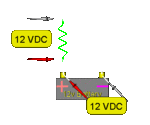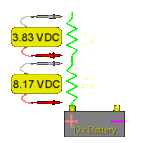walters
Advanced Member level 2
I just don't understand about resistors and capacitors having the same potential difference on both sides and what they are used for?
Why would you use a resistor or capacitor to have the same potential difference on both sides of the component?
Why would you use a resistor or capacitor to have the same potential difference on both sides of the component?


